Happy New Year, everyone! I think most of us are very happy to see 2020 to be finished. Unfortunately, it looks like 2020’s bad side will hang over us for several more months, so we can’t quite yet let our guard down and party like it’s 1999… 😉
I’m finding this to be an interesting time to think about what we, as musicians and sound creators, had to learn last year in order to survive (beyond our physical health concerns), and which of those newfound skills we might continue to use as we move forward.
For example, I personally started 2020 planning to travel every month to a different music event, and while I was there to jam or record with whoever I could. Instead, I’ve spent the last half of 2020 in particular composing my own music, using my full studio instead of just my gigging case. The results have encouraged me to double down and focus even more on my own musical self-education in 2021.
Streaming is another skill we had to learn in 2020, that we can apply going forward. For musicians, educators, and manufacturers, learning how to stream means we now have another tool we can choose to use alongside gigs and music conferences, reaching even more people.
From a user perspective, modular meetup groups learning how to stream their meetings means we no longer have to have a modular meetup in our own city in order to regularly watch presentations, interact with other modular musicians, and even perform for them. For example, I played gigs “from” Colorado and the San Francisco Bay Area in the past few months, even though I live and stayed in New Mexico; I’m looking for more opportunities to do so in 2021.
In the meantime, here’s what I’ve been up to recently:
- featured article: I have some thoughts on a new, digital interpretation of the traditional complex oscillator that I wanted to share with manufacturers and motivated users. I also want to share how much easier it is to prototype ideas these days, including some interesting modular digital prototyping platforms you might want to look at.
- new videos & posts: A performance of a new piece headlines my public posts and videos from December.
- course updates: I am working on providing subtitles in other languages, and could use some volunteers to see if they are useful or not.
- Patreon updates: I created a series of posts detailing the patches and sounds to create my latest piece, The Dream Catcher.
- upcoming events: January looks quiet so far, but I’m composing some new pieces to hopefully perform in early 2021. In the meantime, the events I appeared at in December are online for playback.
- one more thing: Feel like you’re in a creative rut? There’s a free online Creativity Conference you maybe interested in…
Prototyping Digital Module Ideas
The Buchla 259 Complex Waveform Generator is considered a template for how to internally patch a pair of analog VCOs together with other circuitry to create something greater than the sum of its parts.
For a couple of years now, I’ve been thinking about what would be an update to this idea that used digital oscillators running on the same CPU, and how you could internally “patch” them to get interesting results while staying inside the classic complex oscillator paradigm of one oscillator modulating another. Click here to read a detailed description of what I came up with.
Some History
Back in 1985, when I stumbled across the idea for what would become Vector Synthesis, it took a lot of hardware to prototype what it might sound like.
My initial monophonic analog test patch consumed an Oberheim Two Voice modified to bring all of the internal patch points for its SEMs (Synthesizer Expander Modules) out to the front panel, modules in a four-cabinet PAiA system, a custom cabinet full of VCAs and control voltage processors, a Korg MS-02 log/line converter and CV processor, two Dennis Electronics Control Voltage Processors (those last three were discussed briefly in the August 2020 newsletter), and a Sequential Model 700 Programmer which provided two additional ADSRs plus offset voltages. (I wish I could find the cassette tape that had those original demos…) When we were testing ideas for digital vector oscillator designs to create the crossfading waveforms, it was coded it on a computer that then output waves through a modified Sequential Pro One to hear what the entire voice chain would sound like.
A few years later at Roland R&D, testing my ideas for hard disk recorders and synthesizers required a lot of time with notebooks, calculators, and coding non-real-time simulations on a computer.
Today, it’s much easier to prototype ideas. A lot of people – manufacturers included – first code up their ideas using Max/MSP, as well as other languages such as Csound, Pure Data, and SuperCollider. If you want to try them out in an actual Eurorack module, there are a number of different hardware interfaces available – including jacks, knobs, switches, and so forth – for inexpensive microcontrollers.
Arduino + Teensy
One of the best-known microcontrollers is the Arduino. The processor itself is very inexpensive, and there are many resources for learning it in, including books like Arduino for Musicians. There are a few different Eurorack Arduino hardware “shields” to choose from, ranging from the Synapse set of circuit boards, to the limited-run Detroit Underground DU-INO module (featuring a nice graphic display – rare in this area), to ADDAC’s Open Heart Surgery complete with breadboard for incorporating additional components.
The challenge with the Arduino is that it is not very powerful, with limited processing power and memory making it better suited for LFOs, envelope generators, and simple VCOs. The 1010music Euroshield uses the more powerful Teensy variation on the Arduino, and has sample code (“sketches”) for filtering and reverb in addition to VCOs. Both are programmed using the C++ language. Books like Getting Started with Arduino can help ease the learning curve.
Raspberry Pi
For those who want more power, there are also Eurorack-based hardware environments using more advanced processors. Perhaps best known is the Qu-Bit Nebulae, using the Raspberry Pi microcontroller. It is normally a granular synthesis Eurorack module, but can be reprogrammed using Csound, Pure Data, and SuperCollider while taking advantage of its numerous jacks, knobs, and USB interface. Qu-Bit maintains a library of alternate instrument code you can load into your Nebulae. If you like the Raspberry Pi platform and want something a bit more abstract, check out the Terminal Tedium, which runs Pure Data.
ARM Cortex
A similar idea is behind the Electro-Smith Daisy platform. It is based on the ARM Cortex-M7 microcontroller with a 24-bit 192 kHz audio interface, and can be programmed using C++ (including Arudino-compatible code), Pure Data, and Max/MSP ~gen. The Patch version is a Eurorack host with display, four knobs, and a good collection of audio and CV jacks. I am told that Noise Engineering’s Desmodus Versio reverb is based on this platform; it too can be reprogrammed.
A particularly powerful platform is the Bela. It is essentially a 1 GHz Linux computer using the ARM Cortex-A8 processor with 512 MB of RAM, with interfaces optimized for audio. It too can be programmed using C++, Pure Data, or SuperCollider. The Bela Salt is a Eurorack host for the Bela microcontroller, with an optional Salt+ expander for more I/O and controls. The one caution is that it has a lower maximum sample rate than the Nebulae or Daisy.
Moving On
Before the pandemic scrambled all of our plans, I was learning to code the Arduino to try out some module ideas I had, and planned to then move up to more powerful hosts including the Bela. Fortunately, a couple of people have expressed interest in coding up some of my ideas for me (including the complex oscillator idea mentioned above), so I’ve been able to turn my personal focus to composing.
New Videos & Blog Posts
I composed and performed a new song – The Dream Catcher – for the Resident Electronic Music event in December; I also made the video of just my piece available on YouTube. I used a combination sequences on my Monster studio modular system, hand percussion processed through my Tardis digging case, plus a few polysynths (Korg Z1 and Wavestation AD; Waldorf Iridium). I’ve been very pleasantly surprised at the positive reaction it’s received so far – thank you!
I also made the Using Filters as Waveshapers video that was included in last month’s newsletter public on YouTube.
Modular Courses Updates
Earlier this year when I moved my modular synth courses to a new platform, I started creating closed caption files for them, but became discouraged by the time and expense it required – especially to create non-English translations.
However, we’ve continued to research alternative solutions, and are cautiously optimistic about the Happy Scribe service. In addition to allowing me to create and edit the English language version of the captions, Happy Scribe uses artificial intelligence to translate it to other languages.
Looking through the statistics for the Learning Modular sites, German, French, Spanish, Italian, and Dutch would seem to be the most popular choices. I can create subtitles in all those languages using Happy Scribe…but I have no way to check the accuracy, as I don’t speak those languages.
So if you speak any of those languages (or want to double-check the English captions), I could use your help: I have created caption files for the first four movies in Learning Modular Synthesis: The Comprehensive Starter Course, including the “welcome” movie at the top of that page, and the free preview lesson Fundamental Concept: Harmonics. Click on the “CC” icon in the lower right corner of the player, choose your language, and let me know if the translations are useful, or useless.
(And going forward, if you would be interested in helping me correct errors in the translations, I would be very grateful – plus would be happy to give you free access to some or all of my courses. Contact me using the form at the bottom of this page.)
Patreon Updates
When I create a new piece of music, I share the details of its creation with my Patrons. One Patron asked that in addition to sharing my successes, that I also share when things went wrong, and how I chose to solve those problems. In that vein, I have created several posts (available to all subscribers) to support my latest composition, The Dream Catcher:
- a quick index of sounds
- sequenced twin bass voices
- modular-processed hand percussion
- using the 4ms Spherical Waveform Navigator
- voice inspiration & processing
One person who viewed the video performance on YouTube made the comment “The fact that I am unable to sound even close to this good has convinced me to tell myself Chris Meyer is cheating somehow….” One of my “cheats” is that I massage the final mix in a DAW before posting the finished video – so even though it’s not modular, I’m going to share that process as well in the coming weeks. If you want the inside scoop on everything I do related to modular music, please consider subscribing to my Patreon channel as well (with many thanks to those who already have).
Upcoming Events
I don’t have any public events currently planned for January, although I do have my name “in the hat” to play the Colorado Modular Synth Society’s monthly Freq Boutique – if I get chosen this month, I’ll announce it on the Learning Modular Facebook page as well as Patreon. I’m performing under the name Alias Zone these days.
As for December’s events, the video playback is online for the Resident Electronic Music event I played. I ended up guest co-hosting the Resident broadcast, commenting on several of the performances, as well as being active in the live chat.
I also did an the extended Instagram video interview/chat with my co-author on Patch & Tweak, Kim Bjørn of Bjooks, where we talked about a wide variety of topics about building, performing with, and composing on a modular system – I even gave a quick tour of my studio! The live chat for the Instagram video was not saved, but I did answer all of the questions from the chat in the comments for that post.
One More Thing…
Recently, a modular musician in one of the related Facebook groups asked how people get inspired – as he wasn’t “feeling it” right now. By chance, on that same day, Maxim Jago – a colleague from my previous life of creating graphics for video and film – messaged me, telling me about a free Creativity Conference he had put together, happening January 22-24.
It’s a cross-discipline conference, covering photography, video, music, fine art, poetry, business, and the general issue of how to find your creative groove. Here is the direct link for the schedule of talks, and here is the direct link for the list of speakers.
Check it out and see if there is something you might find inspiring there!
Thank you again for your support during 2020 – you helped turn what could have been a disaster of a year into what has become one of my most meaningful years, musically. I hope my sharing throughout the year has helped you in return. I’m very excited about what lies ahead, and I hope you are too.
best regards –
Chris

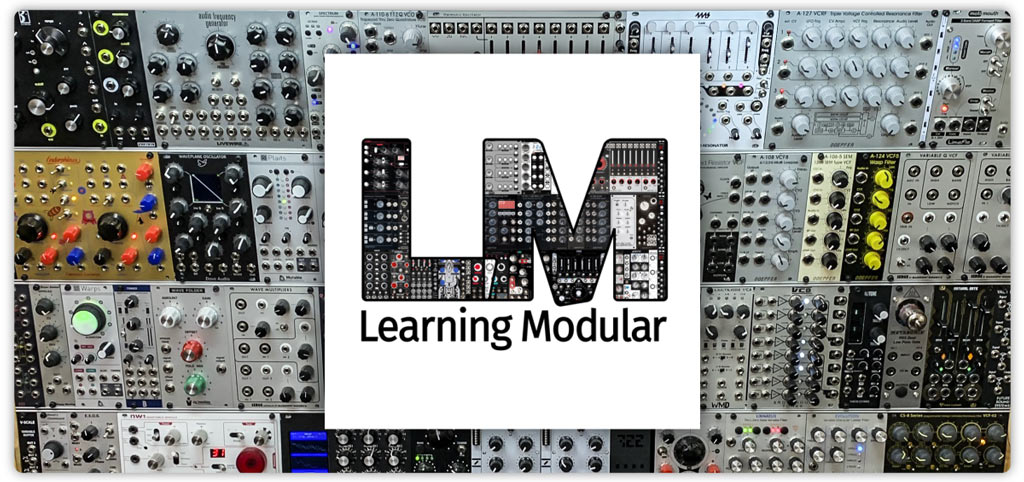
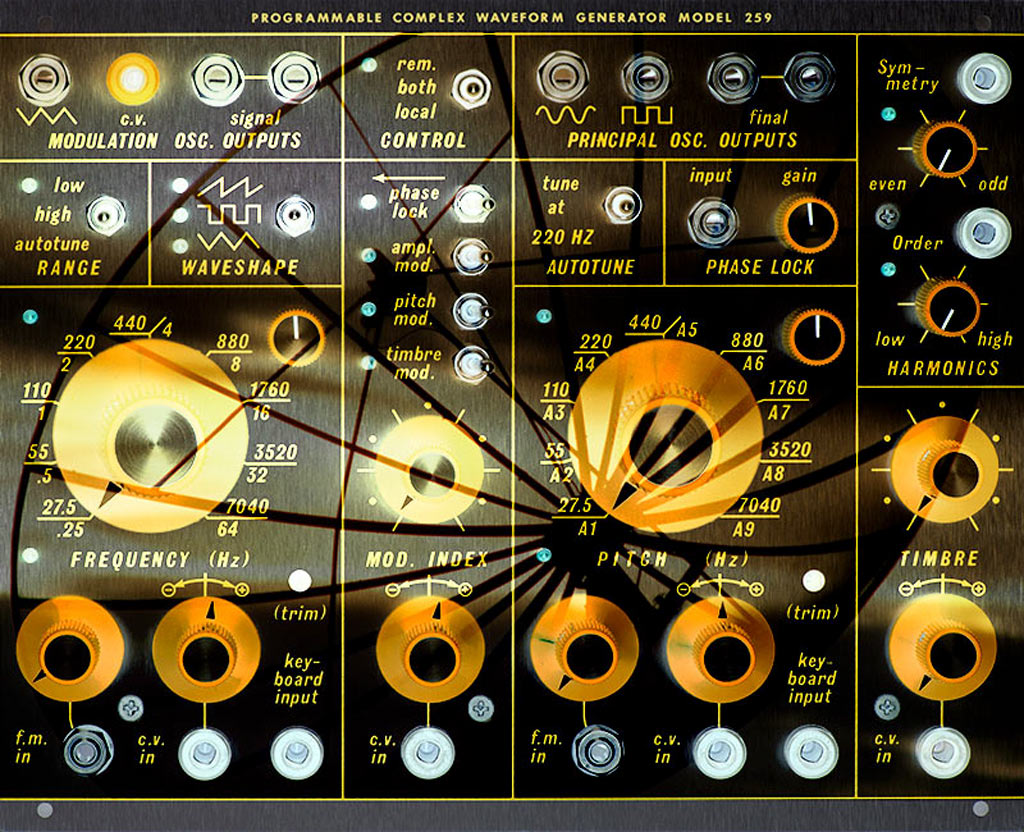
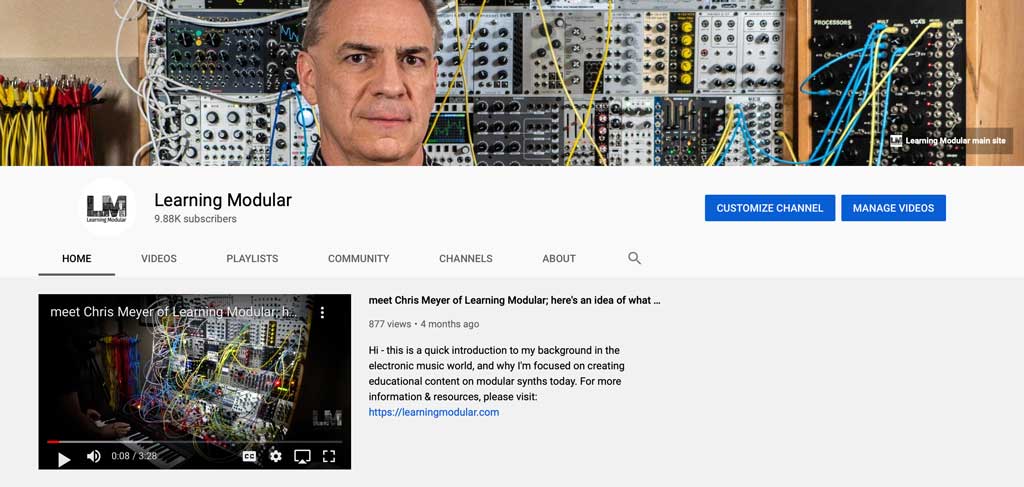
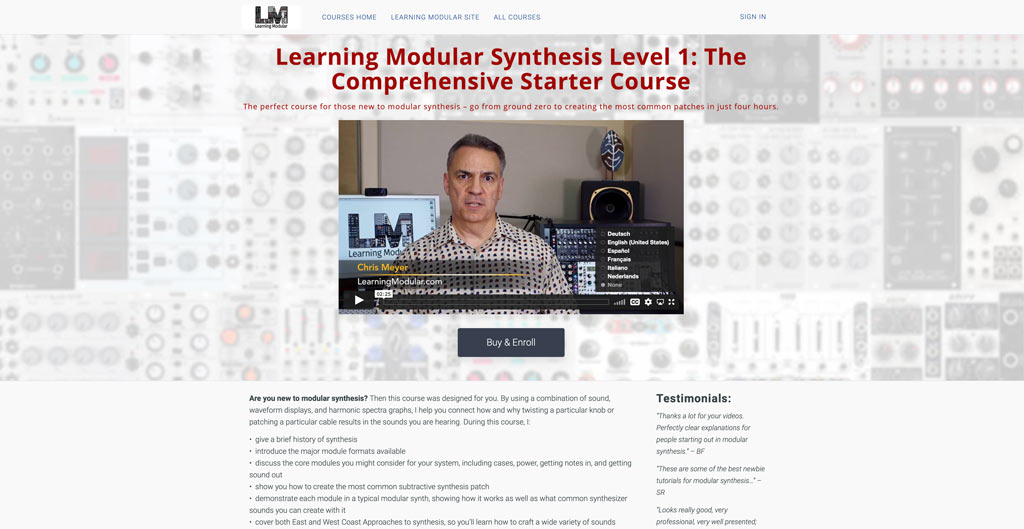
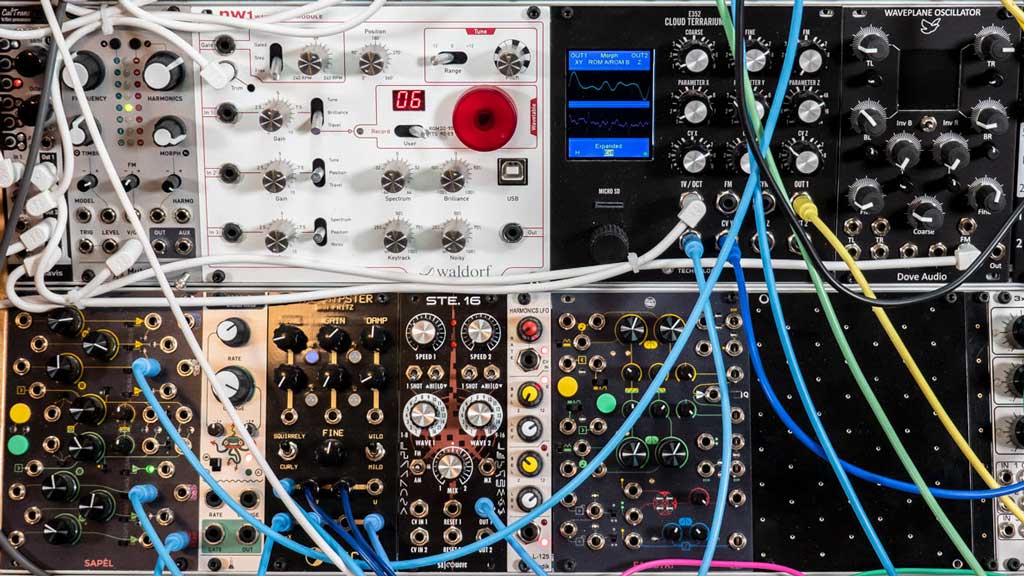
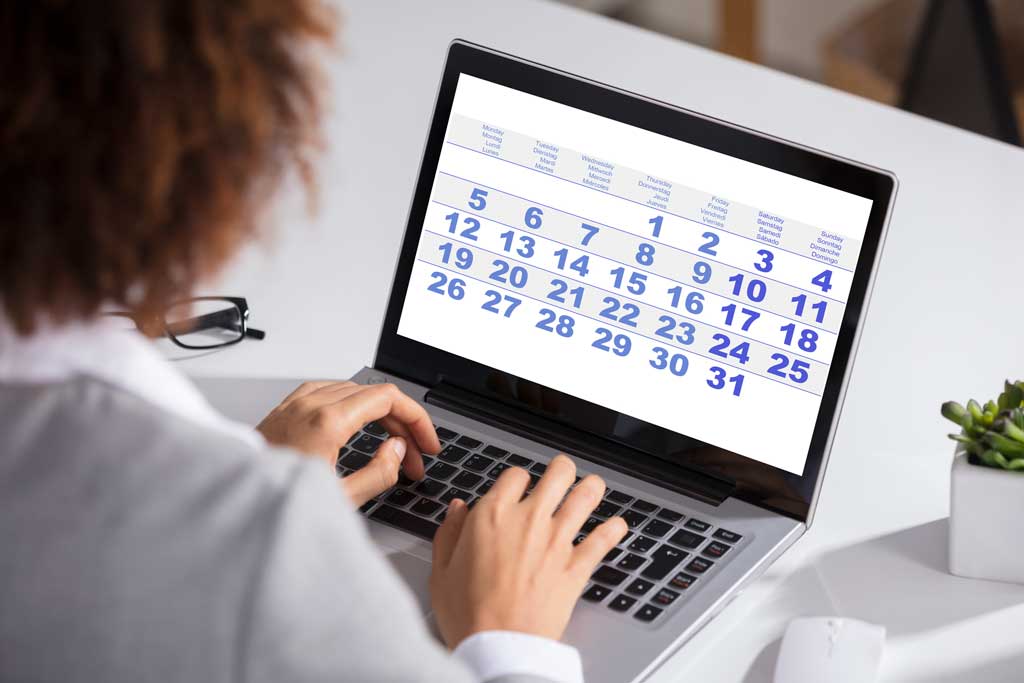
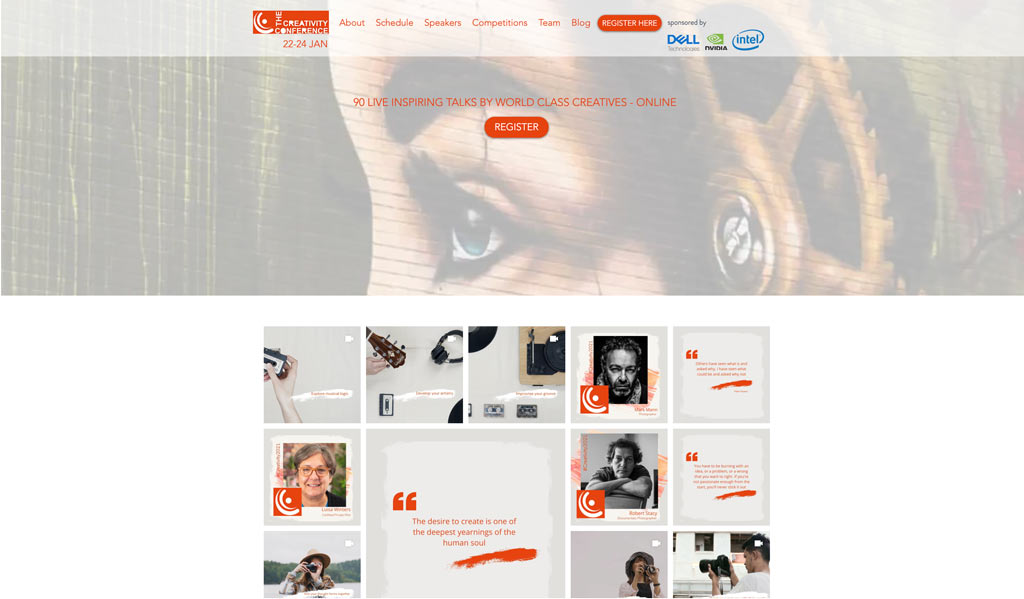
Hola Chris!
As a fellow modular synth lover and fan of your work, I’m bilingual in Spanish and English and would love to help you translate your videos and lessons to Spanish from English. Feel free to contact me and I’d be glad to assist.
Cheers,
Ben Prusinski
Thank you, Ben! I will send you an email with instructions.